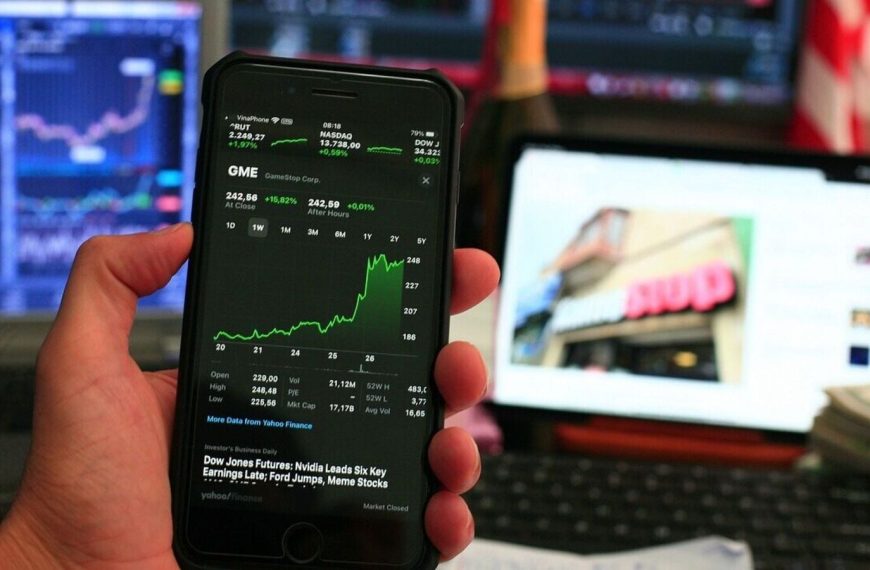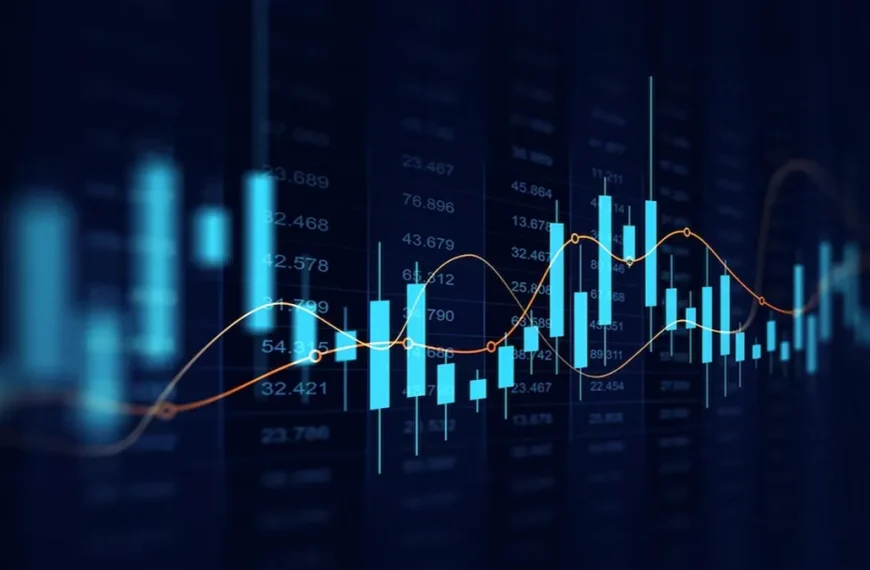Investment Insights: Germany’s Spending Strategy and U.S. Treasury Yields
Germany’s recent decision to boost its spending is shaking up the financial landscape and is seen as a pivotal moment for U.S. Treasury yields. T. Rowe Price’s chief investment officer, Arif Husain, believes that this fiscal strategy aligns with his unconventional forecast that 10-year U.S. Treasury yields could soar to 6%. According to Husain, the trend of rising yields in developed markets is gaining momentum as countries like Germany increase their debt issuance.
The Forecast: Rising Yields Ahead
Husain’s outlook suggests that benchmark Treasury yields may touch 6% within the next 18 months, a prediction that stands out in a market filled with optimistic expectations. Traders are currently betting on the Federal Reserve cutting interest rates to mitigate economic pressures stemming from Donald Trump’s trade policies.
- Current 10-year yield: 4.24%
- Yearly peak: 4.81% in January
Despite the prevailing bullish sentiments, Husain maintains a contrary position, arguing that the U.S. budget deficits and inflationary pressures from previous administrations will push rates higher than many anticipate.
Germany’s Fiscal Influence
Husain views Germany’s bold fiscal maneuvers as a potential game changer, intensifying competition among governments as they seek to finance themselves through increased debt. This could reshape the bond market dynamics significantly over the coming years.
His expertise is not just theoretical; he oversees a global government bond fund that achieved a 6.2% return year-to-date as of February, outperforming its FTSE benchmark by over one percentage point. In 2022, T. Rowe Price’s Dynamic Global Bond Fund also managed to secure gains even as interest rates were climbing, showcasing their robust investment strategies.
Global Market Considerations
Looking ahead, Husain warns of the potential impact of rising rates in Japan as well, especially when the yen was trading around 140 per dollar in June 2023. The currency saw a decline, hitting 161.95 per dollar by July 2024.
Husain believes that a unique convergence of economic stimuli from major global players—the U.S., Germany, and China—will eventually lead to higher bond yields and a steeper yield curve, creating favorable conditions for risk assets.
In conclusion, T. Rowe Price’s insights highlight a critical juncture in the bond market, driven by governmental fiscal strategies and broader economic trends. As we move forward, investors should closely monitor these developments to understand their potential implications for U.S. Treasury yields and global financial markets.











